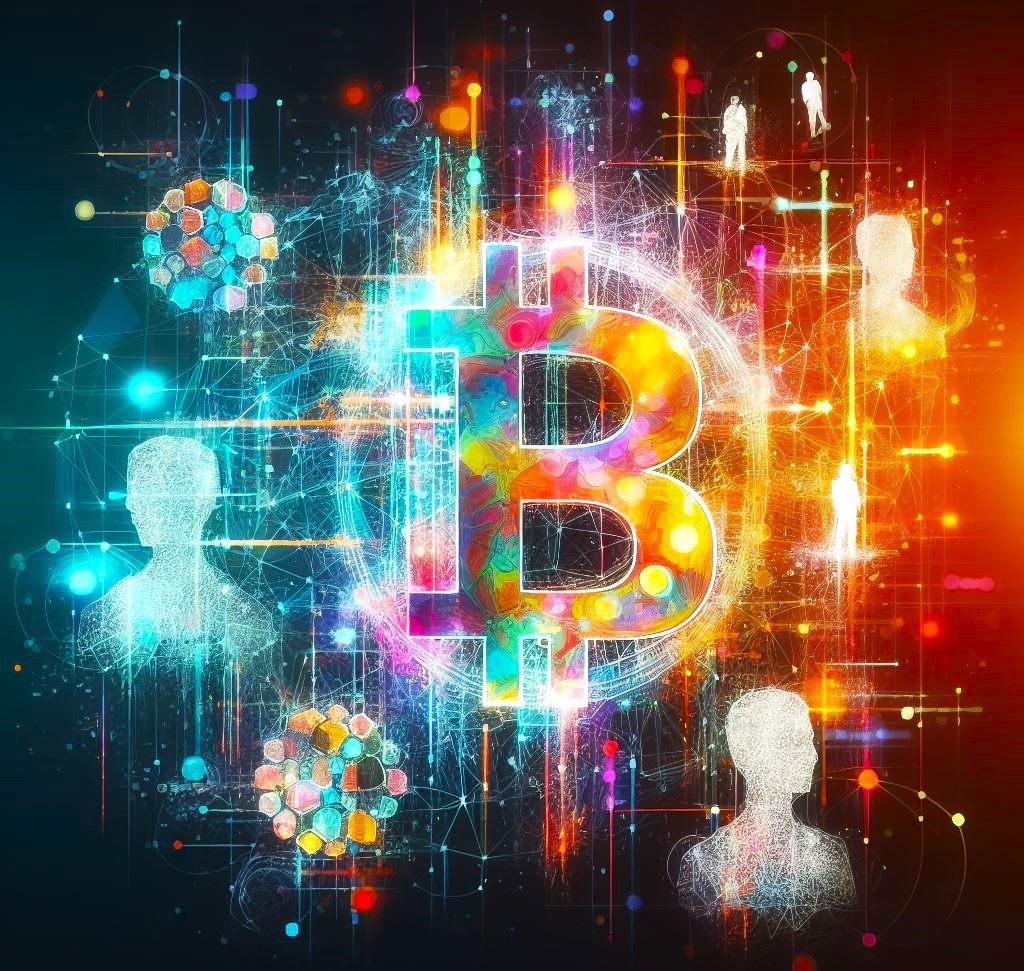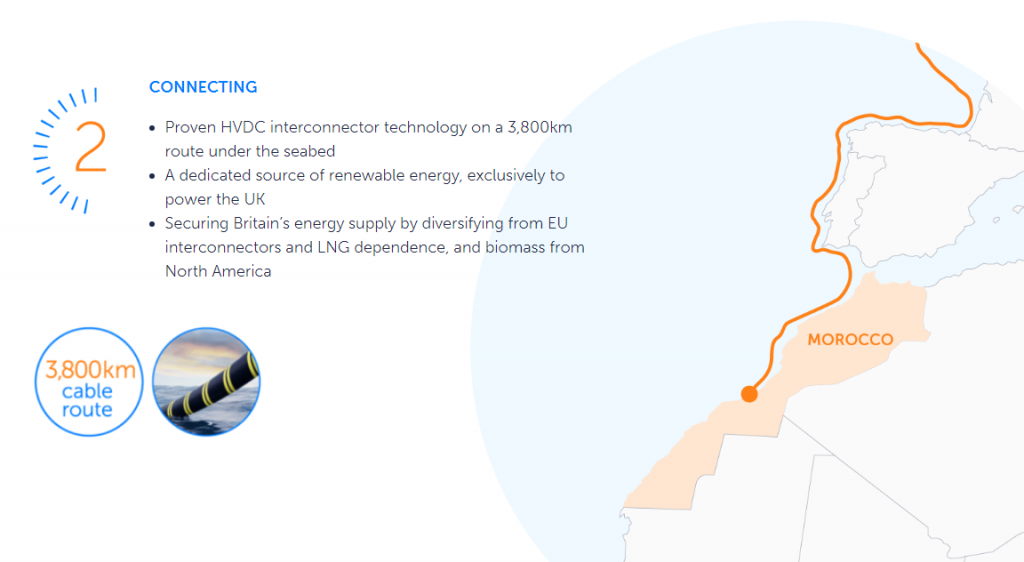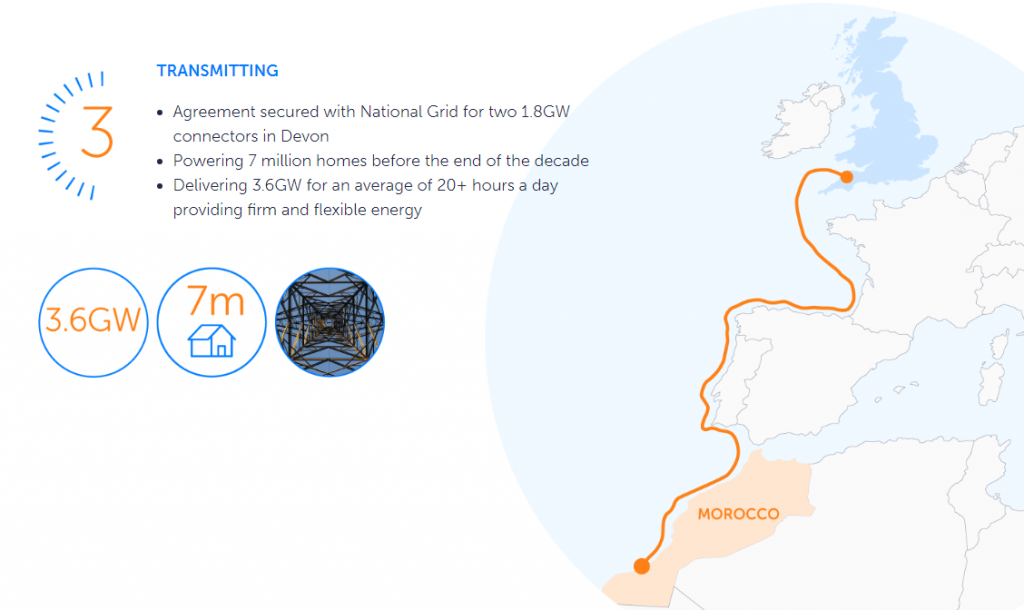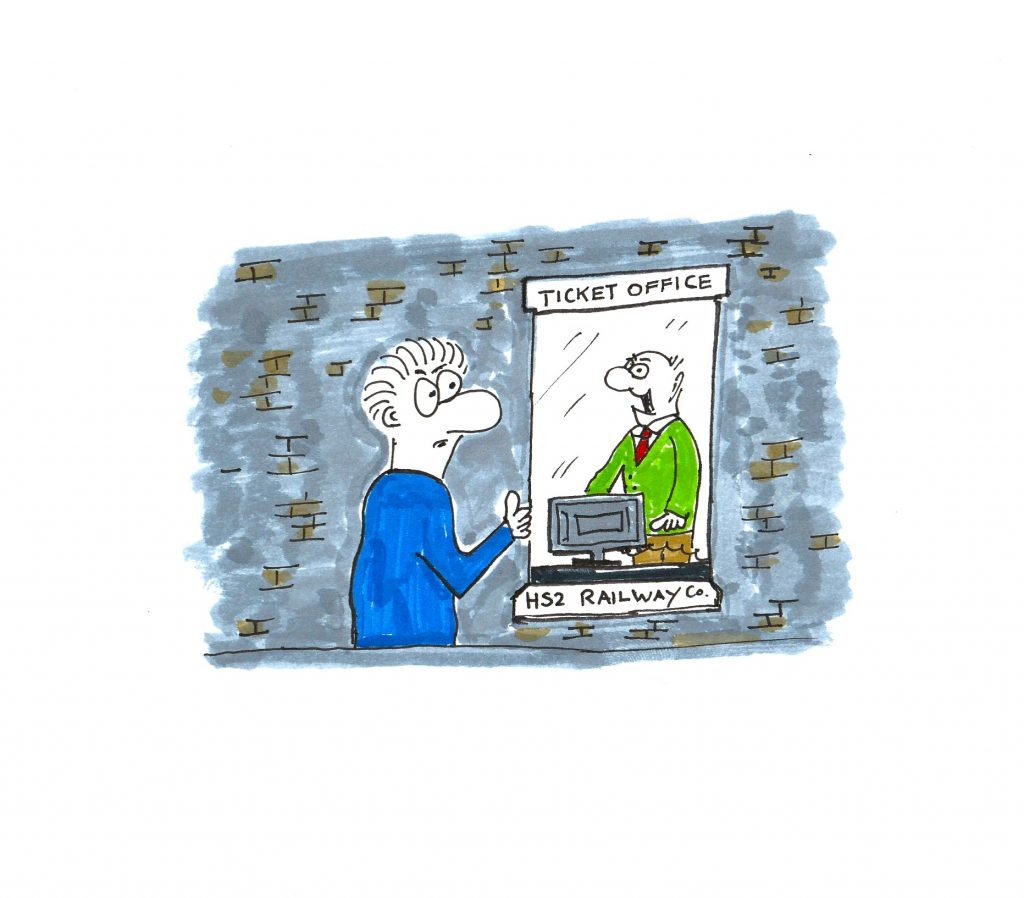Bitcoin ETF approval?
The price of Bitcoin is influenced by many factors, such as supply and demand, market sentiment, news events, regulations, and technical analysis.
One of the recent news events that affected the price of Bitcoin was the speculation about the approval of a Bitcoin ETF by the U.S. Securities and Exchange Commission (SEC). A spot Bitcoin ETF is an exchange-traded fund (ETF) that directly holds Bitcoin and tracks its price movements.
This would allow investors to gain exposure to Bitcoin without having to buy, store, or manage it themselves. A spot Bitcoin ETF would also increase the liquidity and legitimacy of the Bitcoin market, potentially attracting more institutional and retail investors.
Waiting approval
However, the SEC has not yet approved any Bitcoin ETF applications, despite receiving several from various financial firms, such as Blackrock and Fidelity. The SEC has expressed concerns about the risks of fraud, manipulation, and volatility in the Bitcoin market.
Bitcoin one year chart October 2022 – October 2023

The SEC has only approved one Bitcoin-related ETF so far, which is the ProShares Bitcoin Strategy ETF that tracks the price of Bitcoin futures contracts, not the actual Bitcoin. Bitcoin futures contracts are agreements to buy or sell Bitcoin at a predetermined price and date in the future. They are traded on regulated exchanges.
Rumour
On 16th October, 2023, a false rumour circulated on social media that the SEC had approved a Bitcoin ETF from Blackrock, the world’s largest asset manager. This rumour caused a surge in the demand and price of Bitcoin, which briefly breached the $30,000 mark.
However, this ‘news’ was quickly corrected by both Blackrock and the SEC, and the price of Bitcoin fell back to its previous levels. The rumour may have been fueled by the anticipation and excitement in the crypto community for a spot Bitcoin ETF approval, which many analysts believe would boost the price of Bitcoin significantly.
Crypto volatility
The false rumour about the Bitcoin ETF approval was one of the major factors that contributed to the 10% climb and subsequent drop of bitcoin on the 16th October, 2023.
Be careful
The price of Bitcoin is determined by the interaction of buyers and sellers in a global and decentralized market that operates 24/7. As such, it is subject to high volatility and unpredictability.

Investors should always do their own research and due diligence before investing in any cryptocurrency or any financial product.
Remember to always do your own RESEARCH! RESEARCH! RESEARCH!
Definitions
ETF – Exchange Traded Fund is a type of investment fund that can be bought or sold on a stock exchange like a regular stock. An ETF usually holds a selection of securities, such as stocks, bonds, commodities, or currencies, that track a specific index, sector, or asset class.
Bitcoin is a type of digital currency that can be used for online transactions without the need for a central authority or intermediary. Bitcoin is based on a technology called blockchain, which is a distributed ledger that records and verifies all transactions in a network of computers. Bitcoin is created and rewarded to the participants who contribute their computing power to maintain and secure the network, a process known as mining. Bitcoin has a limited supply of 21 million units, which are divided into smaller units called satoshis.

Bitcoin was invented in 2008 by an anonymous person or group using the name Satoshi Nakamoto, who published a white paper describing the concept and design of Bitcoin.
The first Bitcoin transaction was made in 2009, when Nakamoto sent 10 bitcoins to a computer programmer named Hal Finney. Since then, Bitcoin has grown in popularity and value, attracting millions of users and investors around the world.
Securities and Exchange Commission (SEC) is a U.S. government agency that regulates the securities markets and protects investors. The SEC was established by the passage of the U.S. Securities Act of 1933 and the Securities and Exchange Act of 1934, largely in response to the stock market crash of 1929 that led to the Great Depression.
The SEC has three main objectives: to ensure full public disclosure of information, to prevent fraud and manipulation in the market, and to facilitate capital formation for economic growth.
The SEC oversees various entities and activities in the securities markets, such as securities exchanges, brokers, dealers, investment advisers, mutual funds, corporate issuers, and securities transactions. The SEC enforces the federal securities laws by requiring companies to register their securities and disclose relevant information to the public through its electronic database called EDGAR.
The SEC also investigates and prosecutes violations of the securities laws, such as insider trading, market manipulation, accounting fraud, and disclosure fraud.













































